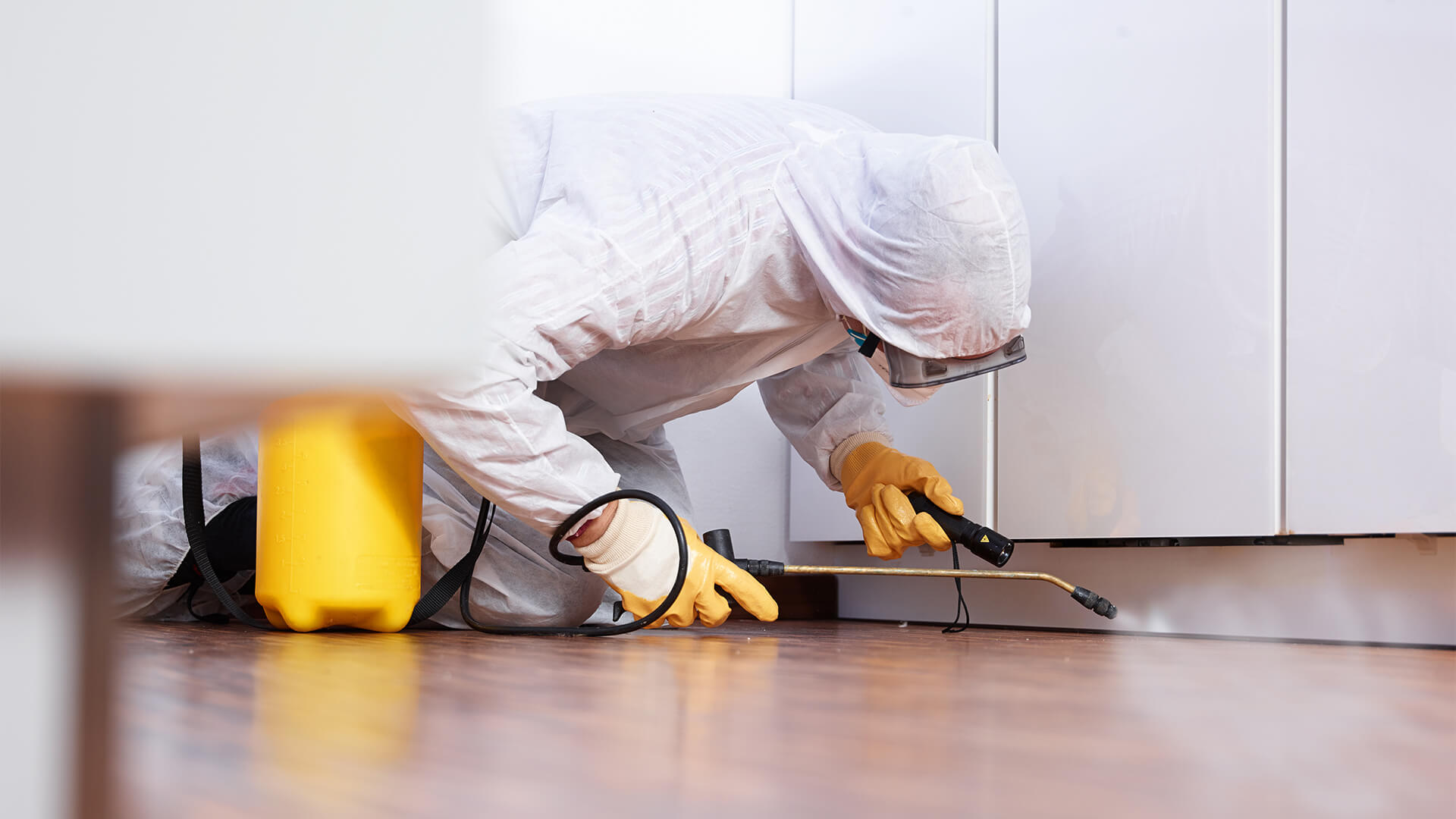Choose expert Pest Control to maintain a pest-free living space.
Eco-Friendly Parasite Control Approaches for Handling Wildlife in Urban Locations
Urban locations often find themselves at the junction of human activity and wildlife, leading to unique difficulties in parasite administration. These techniques not just safeguard the environment yet additionally improve neighborhood involvement in wildlife management. As urban populaces continue to grow, recognizing the characteristics of wild animals interactions ends up being increasingly important.
Comprehending Urban Wildlife Dynamics
Understanding Urban Wildlife Characteristics is vital for establishing reliable and environmentally friendly insect control methods. Urban areas are increasingly becoming environments for different wildlife species, driven by variables such as environment fragmentation, food accessibility, and human infringement. Identifying these dynamics permits a nuanced strategy to pest administration that aligns with environmental concepts.
Urban wildlife commonly consists of species such as raccoons, squirrels, and birds, which adjust to city atmospheres, finding particular niches in eco-friendly spaces, parks, and also household areas. Their visibility can result in problems with people, particularly when they make use of personnels for food and sanctuary. Recognizing the actions and ecological duties of these species educates techniques that decrease adverse interactions while advertising biodiversity.
Moreover, recognizing the interdependencies within metropolitan ecological communities aids in identifying essential locations for habitat preservation and reconstruction. This understanding adds to the development of integrated parasite management (IPM) techniques that think about the ecological balance, consequently reducing reliance on harmful chemicals. By fostering coexistence between people and urban wildlife, cities can produce much healthier settings that benefit both citizens and neighborhood environments, paving the way for sustainable metropolitan living.
All-natural Repellents and Deterrents
All-natural repellents and deterrents supply a sustainable alternative to traditional insect control techniques by using the power of nature to maintain unwanted species at bay. These environmentally friendly options generally use plant-based active ingredients, vital oils, and various other naturally occurring substances that deter pests without harming the setting.
One reliable all-natural repellent is peppermint oil, which is understood to repel rodents and pests. Its solid fragrance is unpleasant to many insects, making it a prominent selection for metropolitan settings. Similarly, vinegar and citrus peels can serve as deterrents, as their strong odors are usually unattractive to various wild animals.
Additionally, diatomaceous planet is an all-natural powder that can be spread out in areas prone to bug activity, effectively dehydrating and hindering insects without posing dangers to non-target species. Garlic sprays and neem oil are identified for their capability to repel a vast variety of pests, including both pests and larger wildlife.
Executing these all-natural repellents not only minimizes dependence on chemical pesticides however additionally advertises a healthier city environment, fostering a much more well balanced coexistence between human beings and wildlife. By using these approaches, metropolitan locations can effectively handle pest populations while decreasing environmental influence.
Environment Alteration Techniques
Effective habitat adjustment methods play a vital role in sustainable insect administration by modifying the setting to make it less for pest infestations. By comprehending the eco-friendly characteristics of urban locations, property owners can execute tactical adjustments that prevent pests while advertising biodiversity.
(Interior Pest Control)One key technique includes preserving correct hygiene. This includes regular waste elimination, securing trash bins, and getting rid of standing water to minimize breeding sites for pests and rodents. Furthermore, landscape design practices such as picking native plants can boost eco-friendly equilibrium, providing habitats for advantageous organisms while lessening resources for pests.
An additional crucial strategy is to secure entry factors in structures. Examining and fixing go to this web-site splits in structures, walls, and home windows can substantially reduce bug access. Furthermore, developing physical barriers, such as fencings or plant buffers, can inhibit wildlife movement right into human-inhabited areas.
Integrated Pest Management Practices
Building upon environment alteration methods, integrated parasite management (IPM) techniques offer an all natural method to controlling insect populaces while minimizing environmental influence. IPM combines different techniques, consisting of biological, cultural, mechanical, and chemical controls, to accomplish reliable pest administration.
Organic control includes the introduction of natural predators or parasites to reduce pest populations. Cultural practices, such as crop rotation and cleanliness, interfere with pest life cycles and lessen their habitats - Pest control service. Mechanical controls, like catches and obstacles, provide immediate alleviation from parasite stress without chemical treatment
Chemical controls are used as a last resource, concentrating on targeted applications that restrict injury to non-target varieties and the setting. The selection of eco-friendly pesticides, when needed, is integral to the IPM framework. Additionally, keeping track of bug populaces and analyzing possible damage helps notify decision-making, guaranteeing that interventions are timely and effective.
Community Participation and Education

(Exterminator Near Me)Workshops and informational sessions can outfit citizens with expertise regarding native varieties, habitat preservation, and efficient safe bug administration strategies. Partnership with colleges, regional companies, and federal government companies better boosts academic outreach, guaranteeing that essential details gets to varied target markets.
Furthermore, community-led campaigns, such as area clean-up days and environment repair tasks, not only advertise biodiversity however also enhance area ties. Pest control service. By encouraging citizens to share their experiences and observations, neighborhoods can establish targeted techniques that attend to details regional bug concerns
Incorporating responses from citizens right into pest management prepares allows a more responsive and flexible approach to wildlife challenges. Eventually, notified and engaged areas are vital to achieving long-term success in green parasite control, leading to much healthier urban environments that respect both human and environmental requirements.

Conclusion
To conclude, eco-friendly bug control approaches offer sustainable solutions for taking care of city wildlife. By prioritizing habitat alteration, making use of natural repellents, and applying integrated insect administration practices, communities can foster a harmonious conjunction with local animals. Involving locals via education improves recognition and encourages responsible wild animals communications. Ultimately, these approaches not only secure biodiversity yet also advertise environmental health and wellness, ensuring metropolitan areas stay vivid ecosystems where people and wild animals grow with each other.